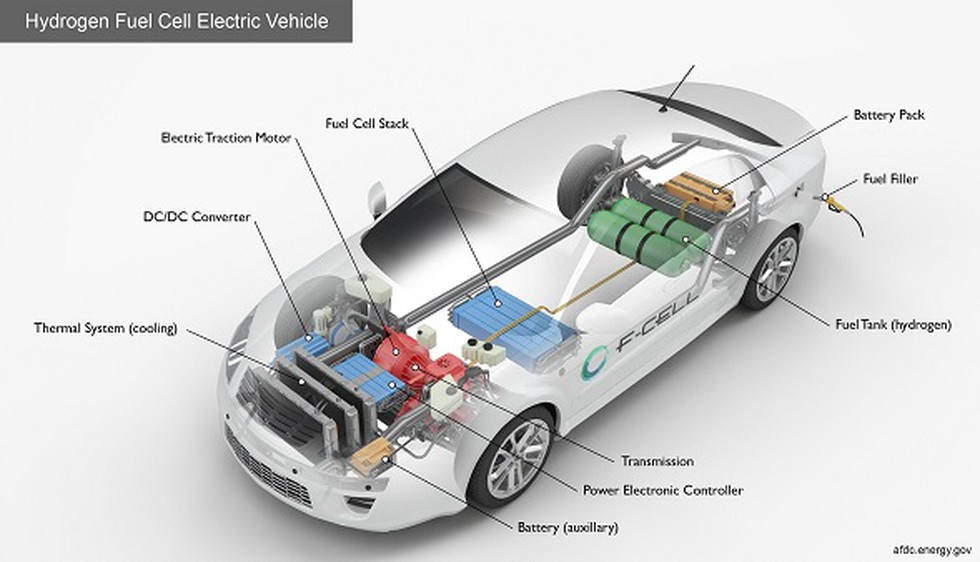How is this car different from other electric vehicles?
- Typically, there are four broad categorisations of electric vehicles—conventional hybrid electric vehicles (HEVs), plug-in hybrid vehicles (PHEVs), BEVs and FCEVs.
- FCEVs such as Toyota’s Mirai, Honda’s Clarity and Hyundai’s Nexo use hydrogen gas to power an on-board electric motor.
- FCEVs combine hydrogen and oxygen to produce electricity, which runs the motor. Since they’re powered entirely by electricity, FCEVs are considered EVs, but unlike BEVs, their range and refuelling processes are comparable to conventional cars and trucks.
- The major difference between a BEV and a hydrogen FCEV is that the latter enables a refuelling time of just five minutes, compared to 30-45 minutes charging for a BEV.
- Also, consumers get about five times better energy storage per unit volume and weight, which frees up a lot of space for other things, while allowing the rider to go farther.
